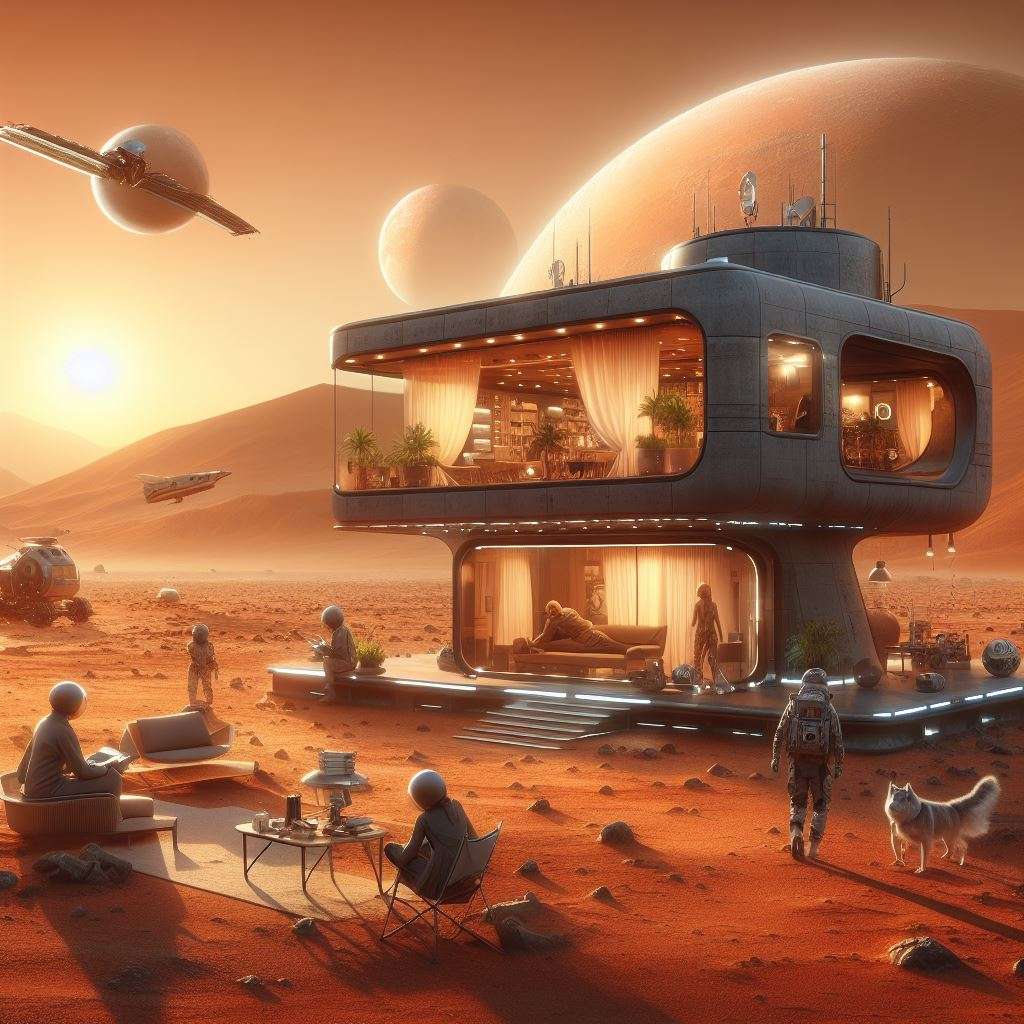Humanity has long been captivated by the idea of venturing beyond our home planet and establishing colonies on other celestial bodies. Among these, Mars stands out as the most promising candidate for future human habitation. With advancements in technology and ambitious plans from space agencies and private enterprises, the possibility of humans living on Mars by 2050 is becoming increasingly feasible. This article delves into the factors driving this vision and assesses the challenges and opportunities that lie ahead.
Advancements in Space Exploration Technology
One of the primary drivers behind the prospect of human habitation on Mars is the remarkable progress made in space exploration technology. Over the past decades, significant strides have been made in rocketry, spacecraft design, life support systems, and robotics. These advancements have paved the way for missions to Mars that were once deemed science fiction.
Organizations such as NASA, SpaceX, and other international space agencies have been at the forefront of developing the necessary technologies for Mars exploration. SpaceX’s Starship, for instance, represents a significant leap in rocket design, with its reusable capabilities and potential for carrying large payloads to Mars and beyond. NASA’s Artemis program aims to return humans to the Moon, serving as a stepping stone for future Mars missions by testing technologies and techniques essential for deep space exploration.
The Mars Colonization Initiative
Several initiatives have been proposed with the goal of establishing permanent human settlements on Mars. SpaceX’s vision, spearheaded by Elon Musk, aims to create a self-sustaining city on Mars, with the ambitious target of sending the first humans to the Red Planet as early as the mid-2020s. Musk envisions a future where thousands of people migrate to Mars, leveraging local resources to sustain life and eventually terraforming the planet to make it more hospitable.
NASA’s plans for Mars exploration are more collaborative, involving partnerships with other space agencies and leveraging international expertise and resources. The agency’s Artemis Accords framework seeks to establish principles for responsible and peaceful exploration of the Moon, Mars, and beyond, fostering cooperation among nations with spacefaring capabilities.
Challenges and Considerations
While the prospects of human habitation on Mars are tantalizing, numerous challenges must be addressed to turn this vision into reality. Some of the key hurdles include:
- Technological Challenges: Developing technologies for sustained life support, radiation protection, resource utilization, and propulsion systems capable of ferrying humans to Mars and back safely is paramount.
- Health Risks: Extended exposure to microgravity and cosmic radiation poses significant health risks to astronauts. Mitigating these risks through advanced shielding, medical interventions, and countermeasures is essential.
- Psychological Impact: Isolation, confinement, and the psychological stress of living in a confined space for extended periods can have profound effects on the mental well-being of astronauts. Strategies for maintaining mental health and interpersonal dynamics are crucial.
- Sustainability: Establishing self-sustaining habitats on Mars will require innovative approaches to resource utilization, including recycling water and air, growing food, and harnessing energy from renewable sources.
- Ethical and Legal Considerations: The ethical implications of colonizing another planet raise questions about environmental stewardship, indigenous rights (if microbial life is discovered), and the governance of extraterrestrial settlements.
Conclusion
The dream of humans living on Mars by 2050 represents a bold and inspiring vision for the future of humanity. While significant challenges lie ahead, the combined efforts of governments, private companies, and the international scientific community are driving progress toward making this vision a reality. By leveraging technological innovation, international collaboration, and a pioneering spirit, humanity may soon take its first steps towards becoming a multiplanetary species, with Mars as the next frontier in our journey beyond Earth.







